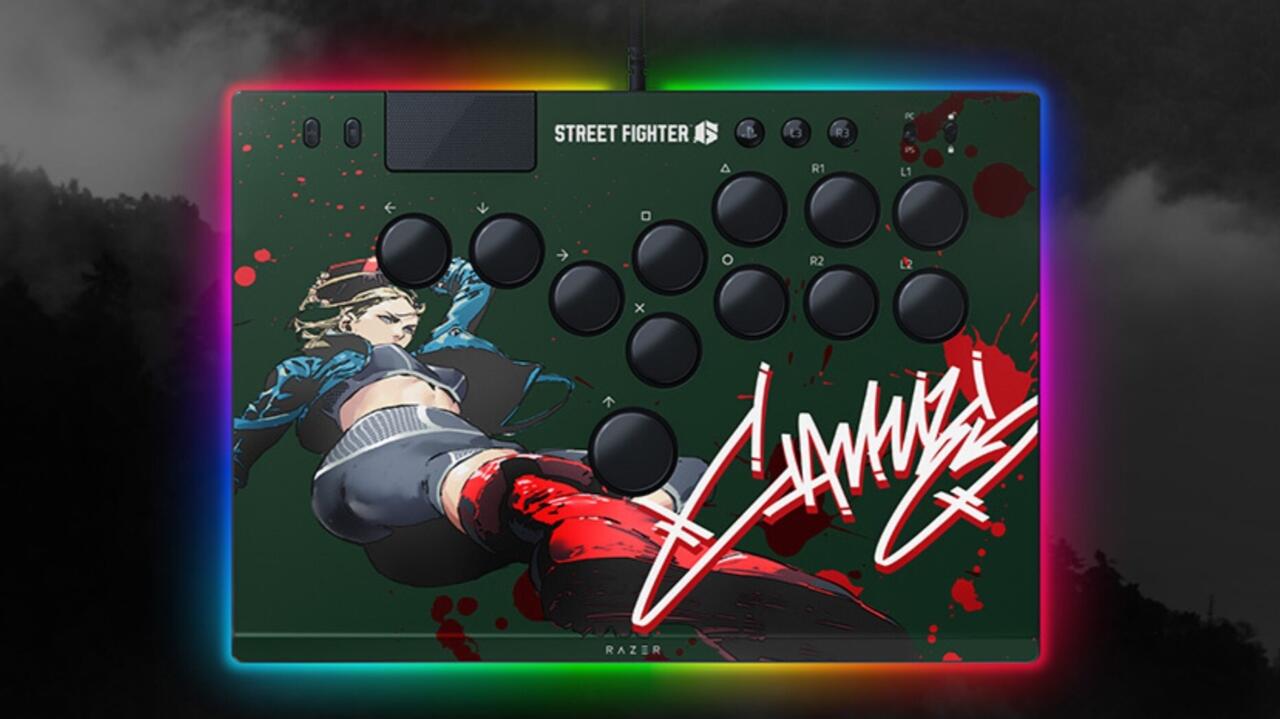Baldur’s Gate 3 – Which Class To Pick
The 12 selectable classes in Baldur’s Gate 3 are as follows:
Barbarian – A powerful strength-based, melee-focused class with high health and berserker rage.
Bard – A charisma-based energy class with small recovery abilities, buffs, debuffs, and lots of appeal. With tons of versatility and high charisma, they are a great pick for any team structure (and for being the primary character).
Cleric – A wisdom-based class, durable and strong, with healing and buffing spells.
Druid – A wisdom-focused caster with both offending and restorative abilities, and shapeshifting powers that make them more flexible.
Fighter – A flexible, strength-based class that is similarly at home in melees or at variety, they can utilize all armors, many weapons, and can stack several attacks per turn to demolish enemies.
Monk – This minimalist, dexterity-based class is concentrated on dealing high unarmed damage, being nimble, and utilizing Wisdom to supplement their armor class.
Paladin – Sworn by an Oath, these strength-based warriors are stout and powerful, able to strike hard with weapons and heal or harden defenses with their spells. Follow the tenets of your Oath, or face the effects.
Ranger – These dexterity-based combatants stand out at range, however can also engage up close, and although they lack the high defense of the majority of other melee classes, their tamed beast evens the odds.
Rogue – There is no lock this dexterity-based class can’t open. They master varied battle, benefit sneak attack damage, and bring energy in dealing with traps and locks.
Sorcerer – This charisma-based spellcaster is everything about quantity and versatility. While they understand a smaller sized number of spells than the wizard, they don’t require to prepare them before battle, rather letting them choose whichever spell they want in the minute, spending Sorcery points to increase their performance.
Warlock – Knowing the least spells of the spellcasters, charisma-based Warlocks always cast them at the greatest possible level, indicating less spells that pack a larger punch. They also have access to much better armor and more weaponry. Their primary cantrip, Eldritch Blast, is powerful (and ends up being more effective as you level up), suggesting they get to trade adaptability to be the most constant of the casters as far as damage-dealing is concerned, and arguably the most effective on a ‘cast by cast’ basis.
Wizard – The traditional spellcaster, this intelligence-based class is the most flexible, but likewise needs one of the most preparation. You can spend gold to learn spells from scrolls, permanently including them to your spellbook (something Warlocks and Sorcerers can’t do), but you’ll require to remember a spell for each of your spell slots and prepare for what you think comes next.
Who to bet flavor and role-playing
When selecting the class for your main character (MC), there are a couple of things to remember. There are no ‘bad’ classes in Baldur’s Gate 3, and even if you build them without enhancing, there is a ton of fun to be had. As anyone who has actually played pen-and-paper Dungeons & Dragons can confirm, a few of the most fun you can have is when things fail.
With that having been said, if there is a particular class with a taste you like, do not hesitate to choose them. If you like forbidden understanding (or H.P. Lovecraft), the Warlock’s ‘eldritch bargain with forces beyond space and time’ might be just up your alley. If you like the outdoors, you could be into the druid’s affinity for all things nature.
Furthermore, there are great deals of points of distinction, offered all the sub-classes, if you like the idea of playing a ranger (and having a pet), but you prefer to combat in melee variety, there is a sub-class and focus for that, and you can definitely make that work.
If none of the classes actually leaps out at you, you can constantly follow the advice of Sanford Kelly from the fighting video games community and “just choose a top tier” class. If you wish to follow his sage guidance, examine the tier note down below, and simply select the most powerful one you like.
Picking for team-building
If you have actually played a few of the Early Access develop, or have seen trailers and already know a few of the characters you want to team up with, then that can likewise make your decision easier.
If all you understand is that you want to cast spells, that makes things a bit more complicated, and we’ll get into that momentarily. If you wish to be flexible and account for lots of various prospective celebration members, you’ll want to pick Wizard, Fighter, Bard, or Cleric. Those are a few of the most versatile classes in the game, and you can build them to fit well on any group.
There are seven Origin characters that you can choose as your main character, and they will have their own story to follow, so if you do not want to develop a custom character, you can just select one of them (and while The Dark Urge is a Dragonborn Sorcerer by default, you can customize them to be any race and class in the game, which is a great balance of providing you complete control AND a devoted story to experience).
Origin characters (for you or for your party).
Astarion – High Elf Rogue.
Lae’ zel – Githyanki Fighter.
Wind – Human Wizard.
Shadowheart – High Half-Elf Cleric.
Wyll – Human Warlock.
Karlach – Tiefling Barbarian.
The Dark Urge – White Dragonborn Sorcerer (Customizable).
Baldur’s Gate 3 – Class Tier List.
Tier lists are ever-popular (and nearly always controversial) and for great reason. They discuss the total strength of all classes, as well as each private class’ strength compared to the others. Particularly with such a storied property as The Forgotten Realms, people are bound to have their favorite classes, and get heated in defense of them.
Baldur’s Gate 3 Tier Guidelines.
This tier list will cover each character class available in the 1.0 version of Baldur’s Gate 3, including both Origin and Custom characters.
Some essential notes: The names of each tier matter. In video games with high general class strength (where every one can “break” the video game with the best build) and a smaller sized power differential in between classes will have tiers like SSS, SS, S, S-, and so on, while video games with a substantial space between the greatest and weakest classes will have tiers like S, A, B, C, and even D.
A character in the S tier or A tier is great, even if there are lots of classes greater than them. More than anything else, tier lists are an enjoyable discussion starter that can tell you which characters have strong capabilities, which ones are most flexible and versatile, which ones are simple and effective, and a great deal more.
Within each tier, classes are at roughly the exact same level of power, so they are ordered alphabetically within their tier. Merely since the Bard is noted first doesn’t necessarily suggest it’s the most effective or useful class in the game.
With that in mind, kick back and keep reading for more information about each class in Baldur’s Gate 3, and where they accumulate compared to the remainder of the classes.
Baldur’s Gate 3 Tier List.
S Tier – Bard, Cleric, Fighter, Paladin, Sorcerer.
A Tier – Barbarian, Ranger, Rogue, Warlock, Wizard.
B Tier – Druid, Monk.
S Tier Classes.
This tier is house to the most effective classes in the game. Classes in the S tier are either versatile for virtually every situation or have strengths that are so effective, they are game-defining. S tier classes may have weaknesses, but if they do, their strengths are so considerable that the weak points can either be neglected or worked around.
Bard.
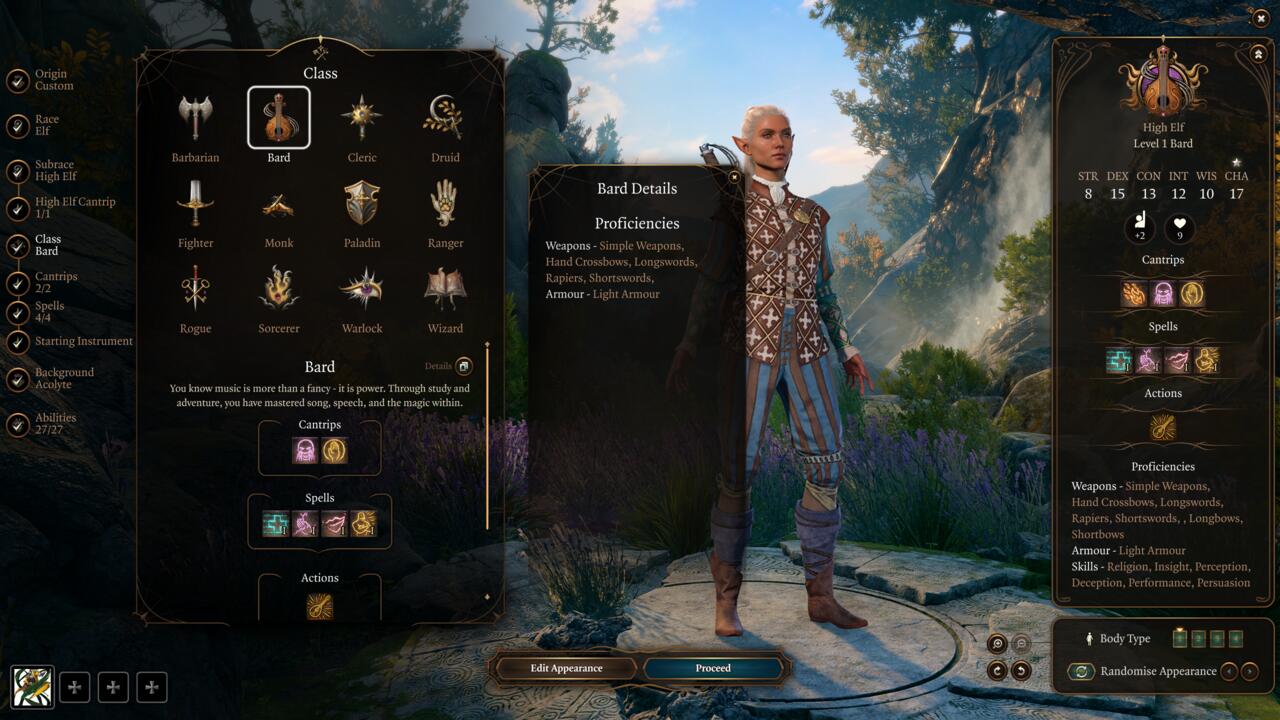
Bards are here for one factor and one reason only: They are a jack of all trades. Bards are knowledgeable with ranged weapons, they are good with melee weapons, they have spells, they have healing abilities, they have buffs, and they have debuffs. Bards are great as the primary character since they rely on Charisma, suggesting you’ll be able to pass conversation checks much simpler than Barbarians and the like.
Cleric.
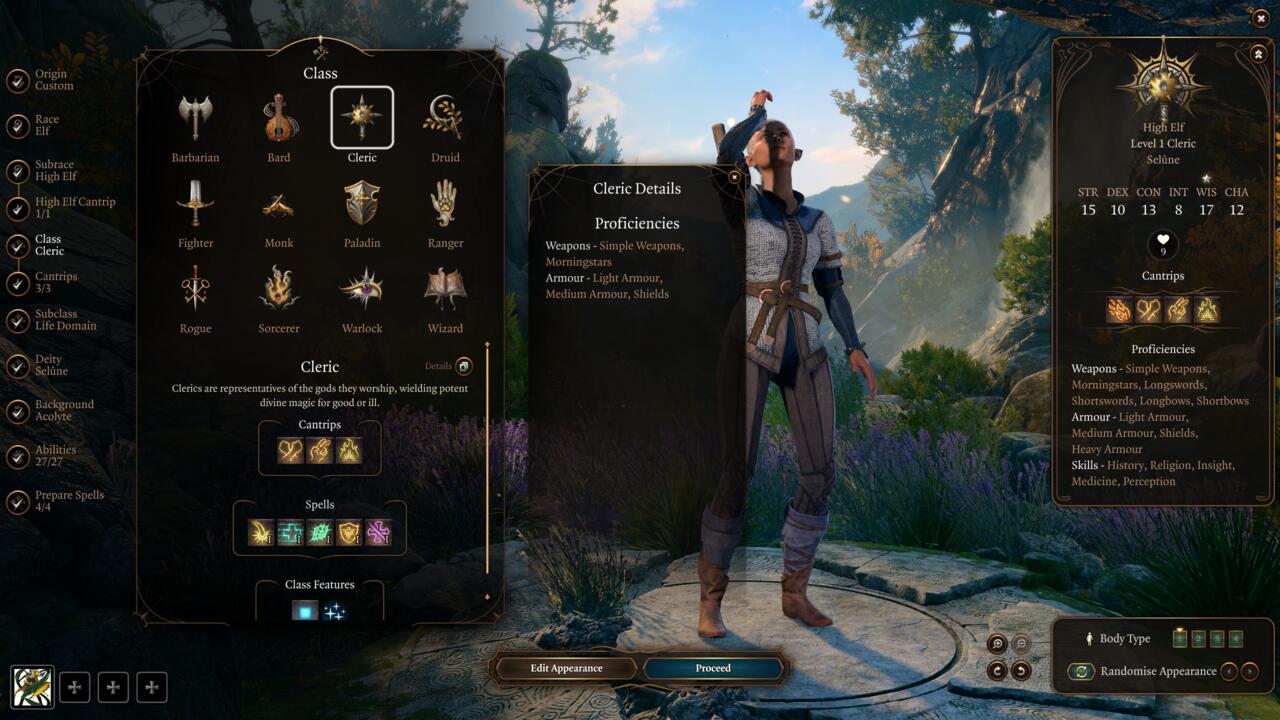
Clerics have long been one of the most desirable classes in Dungeons & Dragons, and with Baldur’s Gate 3, that isn’t altering. Dressed in medium or heavy armor and wielding a variety of spells, consisting of a wide range of uncommon healing and buffing abilities, Clerics will ensure your celebration makes it through even the toughest encounters undamaged.
Paladin.
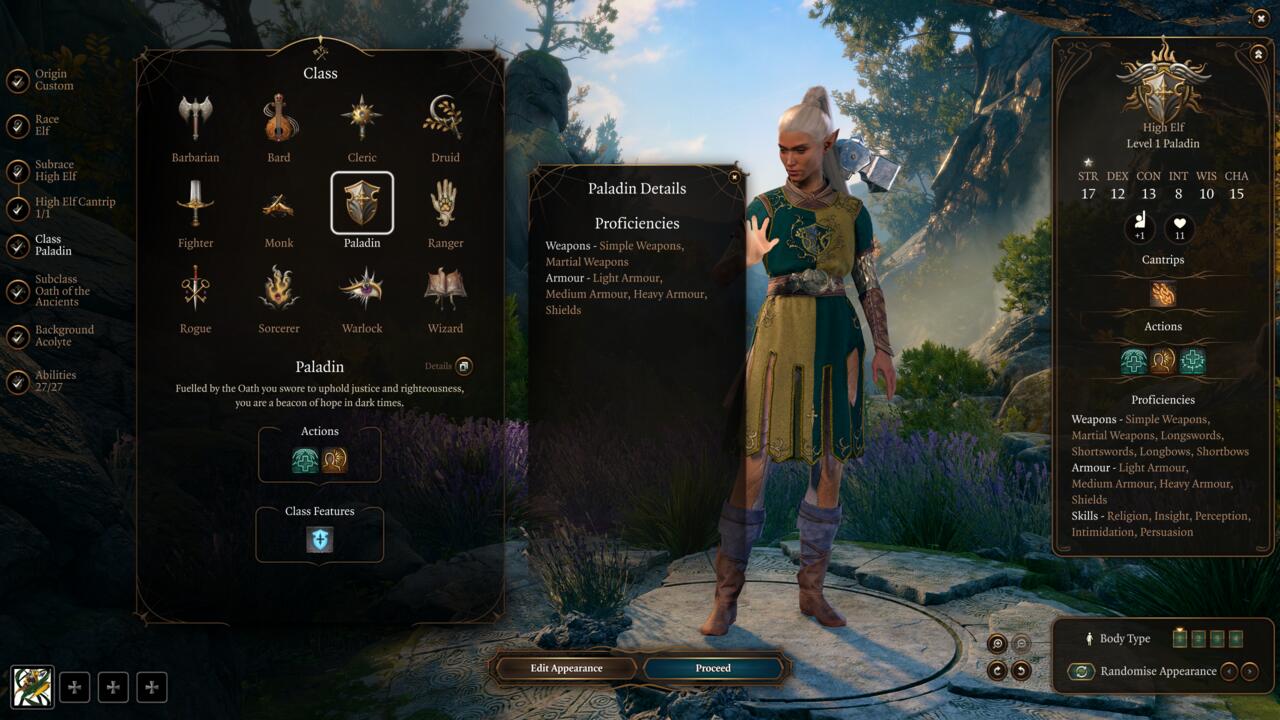
Paladins are part of the S tier for a number of reasons; resilience, strength, and utility. Trading the Cleric’s spell utility for the capability to deal more physical damage with large two-handed weapons, the Paladin is an excellent contender for the front lines, while still retaining the ability to bless, heal, and use its special Holy Smite ability to bring the discomfort to enemies (particularly the numerous Undead opponents in BG3).
Sorcerer.
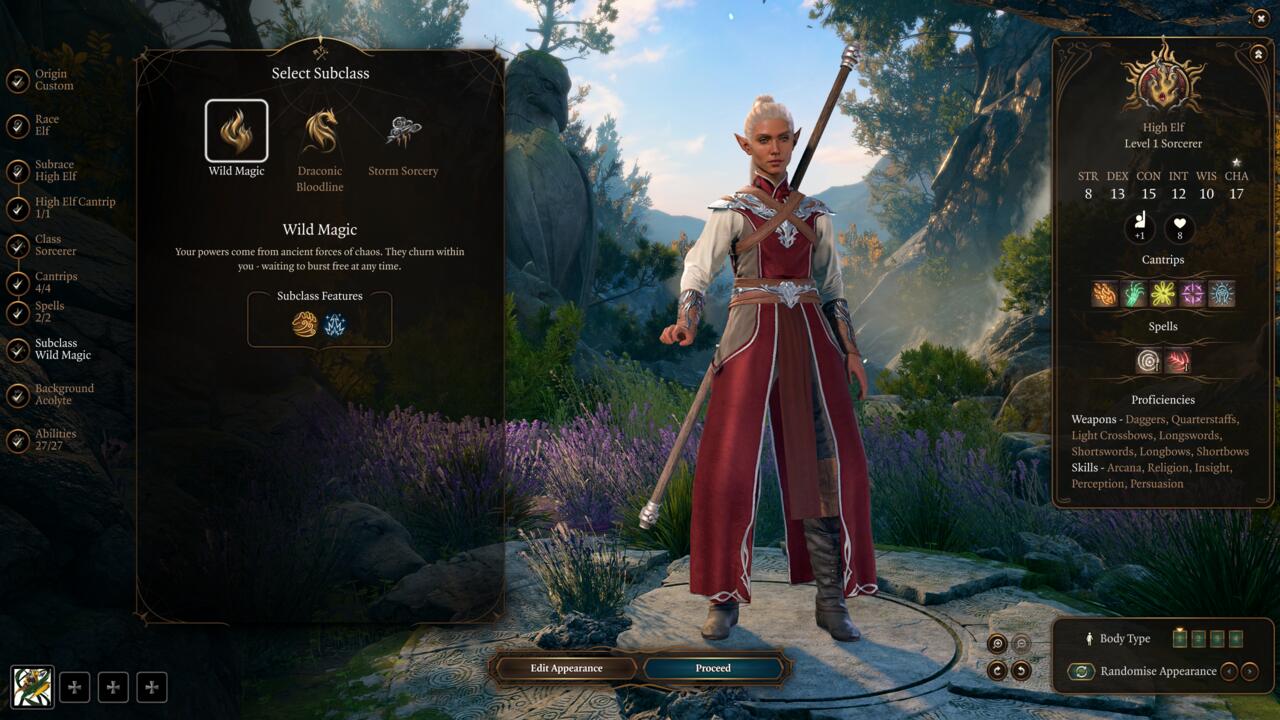
Sorcerers are more restricted in readily available spells than their Wizardly cousins, and they don’t have as reliable, continual access to damage as Warlocks with Eldritch Blast, but Sorcerers make every spell count, and they can turn on a dime. Being able to pick any spell they know at the moment, without remembering, and after that utilize Sorcery Points to twin-cast it, or make it go further than typical.
A Tier Classes.
This tier represents classes with high levels of power. While they may have defects, they are still really strong in one location, or are strong in more than one location, offering more choices with how they can be built to match the team.
Barbarian.
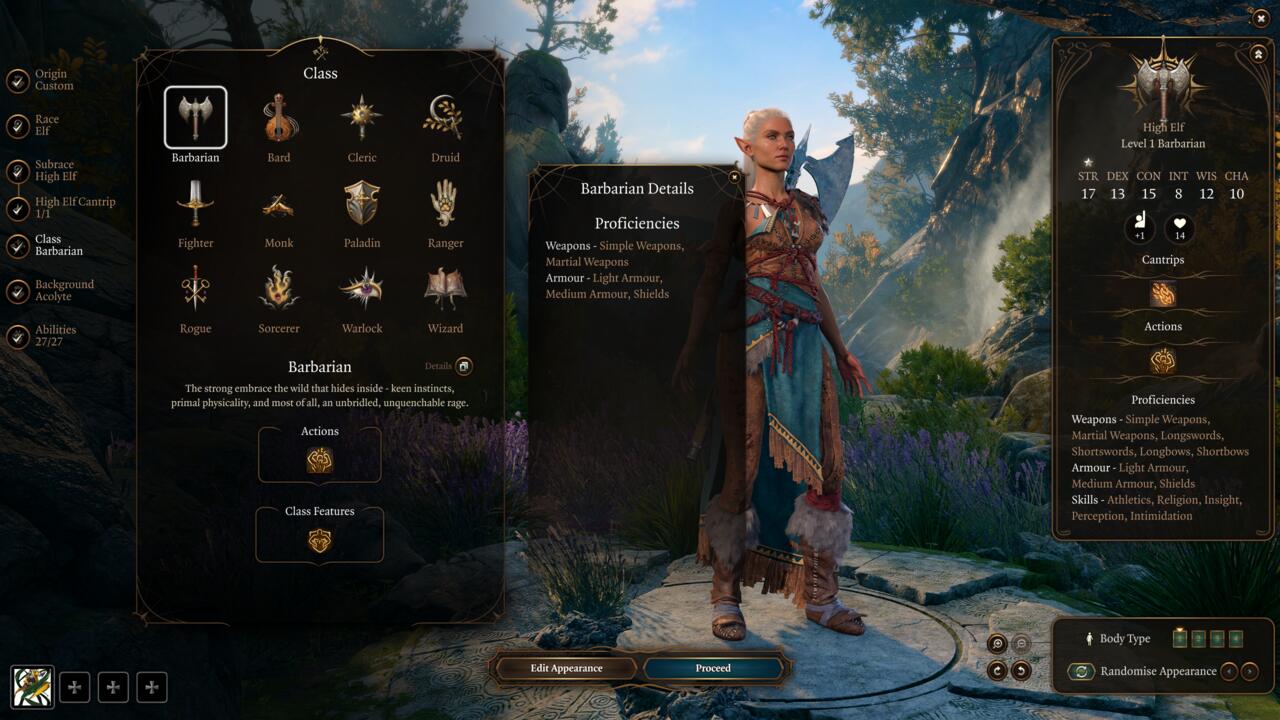
Barbarian is a terrific class that is entirely devoted to dealing melee damage and throwing things all over the place. While they are not as flexible as Fighters, Barbarians are wonderful at what they do, which is smash things, rage out, and bring speedy ends to your enemies.
Ranger.
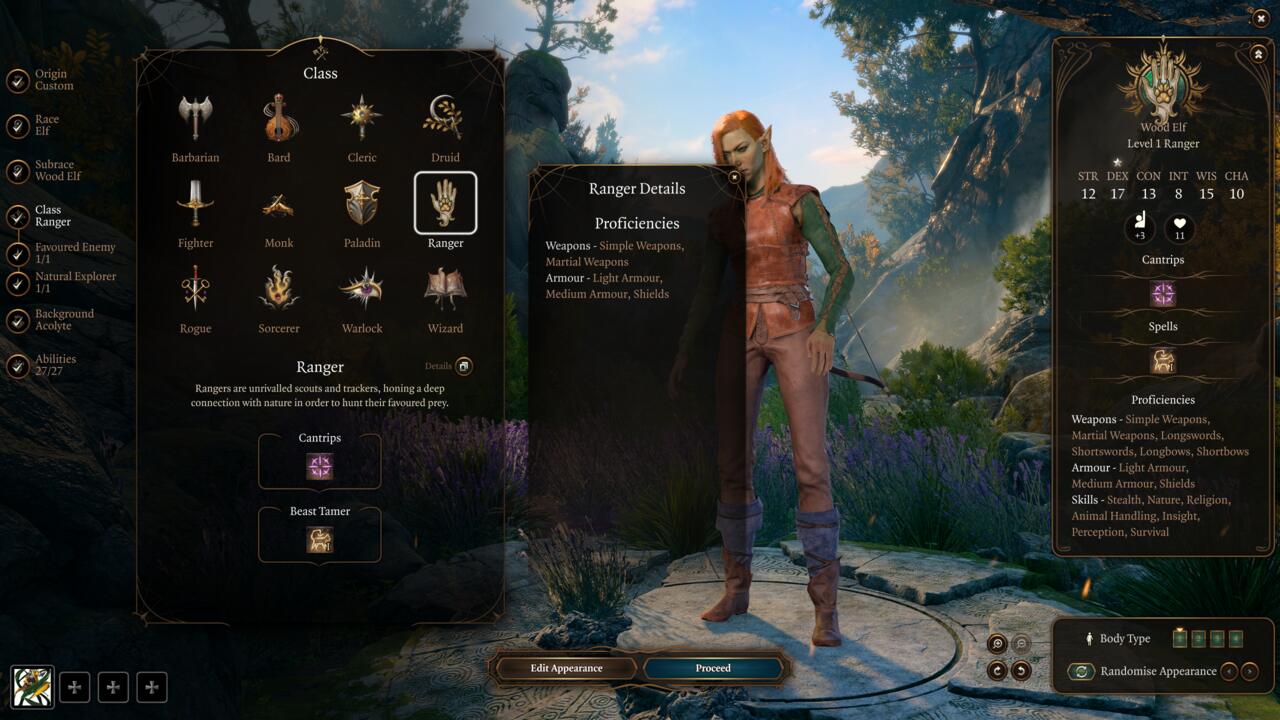
Rangers are another versatile damage-dealing class with a bit of utility. They can stay safe at variety while dealing good damage, they can boost party member attacks with Hunter’s Mark, and (depending on your preferred subclass), they can even include another fighter to the fray with their Beast Master buddy. They also have actually restricted spell-casting ability, which lets them do some small recovery and more.
Rogue.
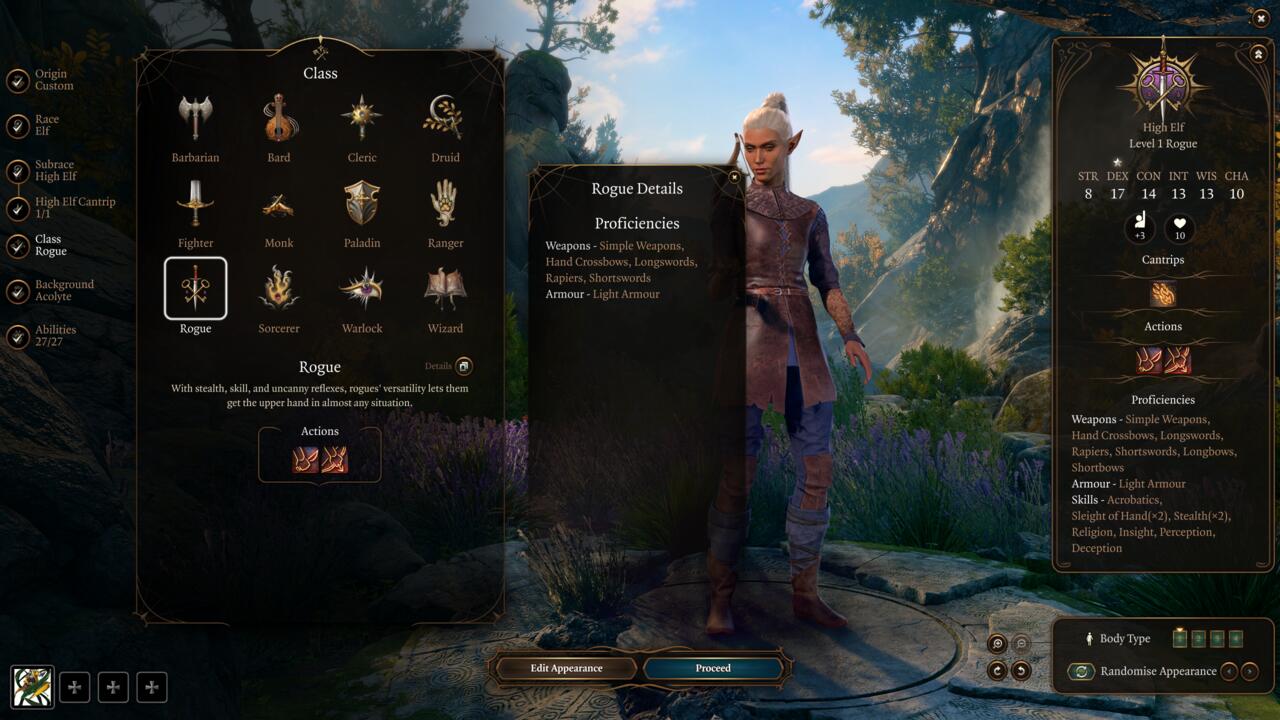
Rogues are incredibly helpful to have on your team. With the ability to weave in and out of stealth during battle, they have extremely bursty damage, and outside of combat, they bring lots of utility. Steal whatever isn’t pin down, choose locks to get to every chest and space, and typically be where you aren’t supposed to. They can likewise deal good damage from range, and have a lot in typical with Rangers because regard.
Warlock.
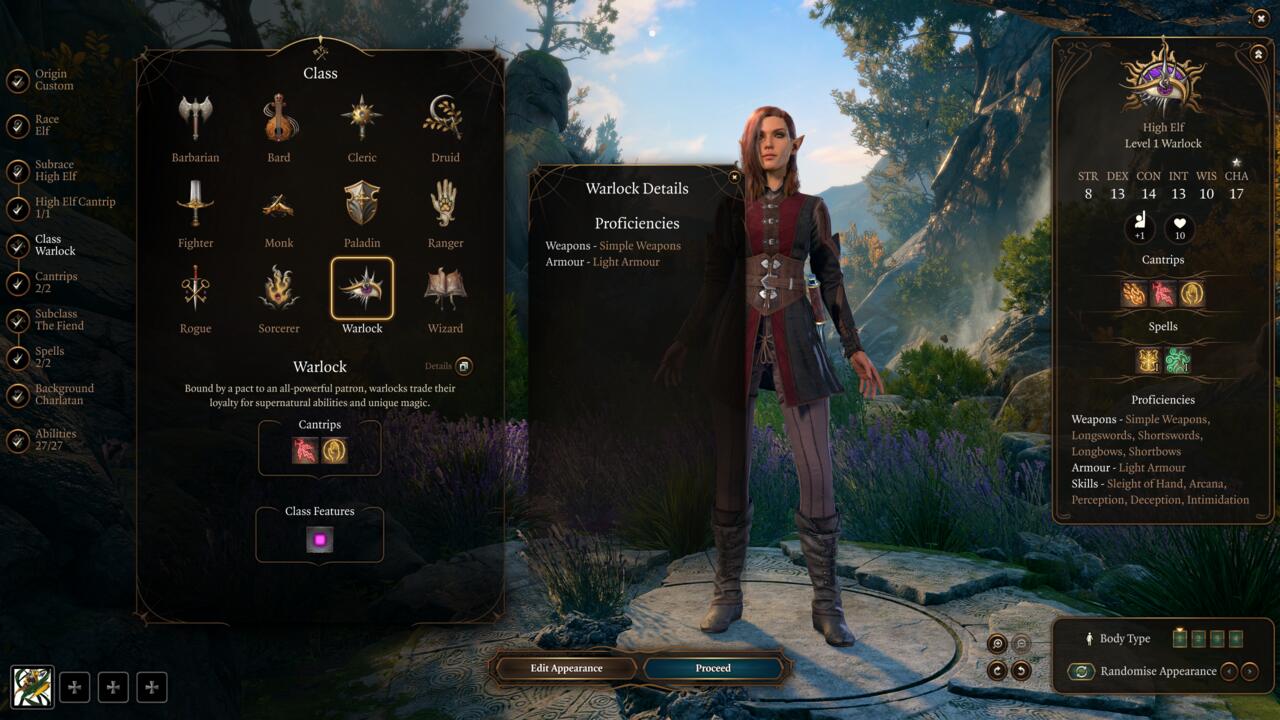
Warlocks don’t have the flexibility of Sorcerers, and they don’t have the all-inclusive nature of the Wizard’s spellbook. As a matter of truth, Warlocks have access to the fewest spells of any of the spellcasting classes, however the ones they have are incredibly effective. Their spells are constantly cast at the greatest possible level, and Eldritch Blast is a cantrip with (efficiently) the exact same power as a Spell Slot ability, and it gains power as your character develops. They likewise have skill in melee combat, with efficiency in rapiers and other similar weapons, although you ought to still be very careful when taking them to the front lines.
Wizard.
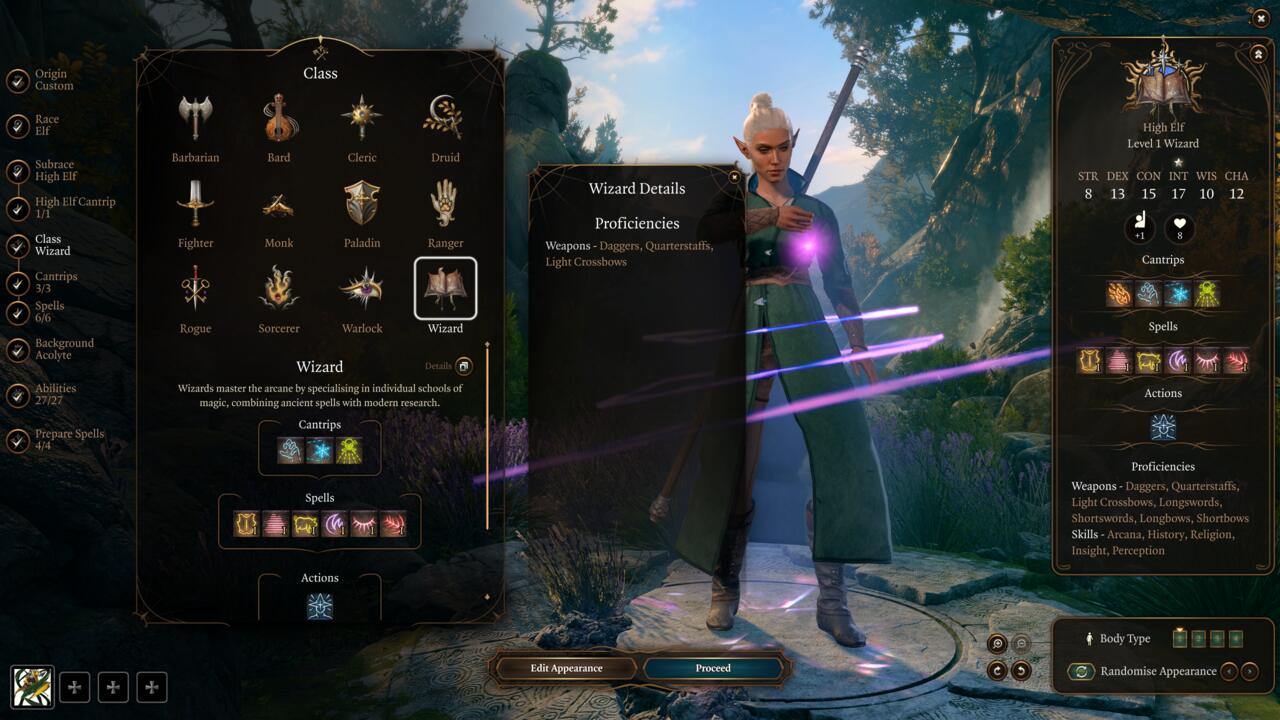
Wizards can likewise find out spells from scrolls you find or buy with a modest gold payment, and this capability (amongst others) make Wizards the most flexible, flexible, and tiresome of the spellcasters in BG3. If you have a mind for outright min-maxing, the ability ceiling on a Wizard is rather high, however if you don’t have persistence for managing all of that, you ‘d be much safer choosing the significantly more active Sorcerer.
B Tier Classes.
Classes in B tier are missing that special something that S and A tier characters have. Whether their capabilities are weaker variations of those classes, or they are just not as valuable, overall, these are classes you should consider flavor, but not much else. A minimum of, not if you appreciate power.
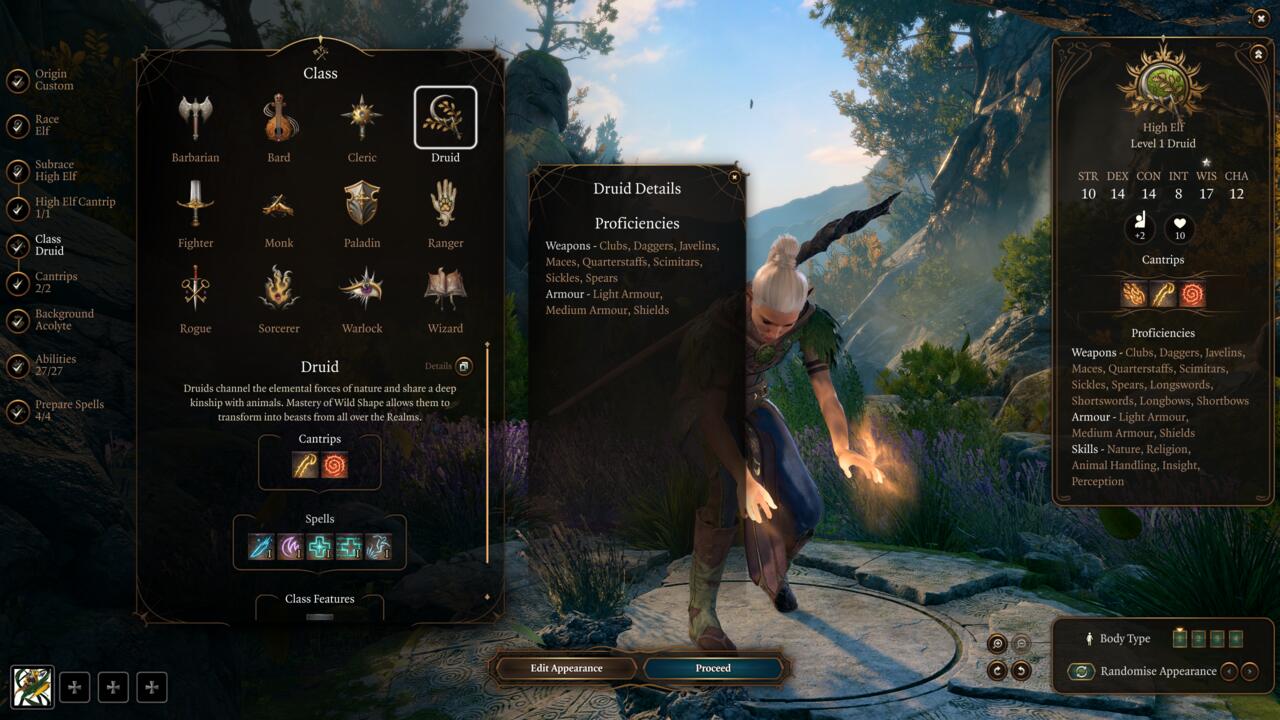
With the ability to shapeshift, as well as access to a wide pool of spells, Druids are an extremely flexible class. They wind up in B tier since while they have lots of strengths, none of them are particularly notable, particularly compared to other classes who have less possible roles. Jack of all trades, master of 9.
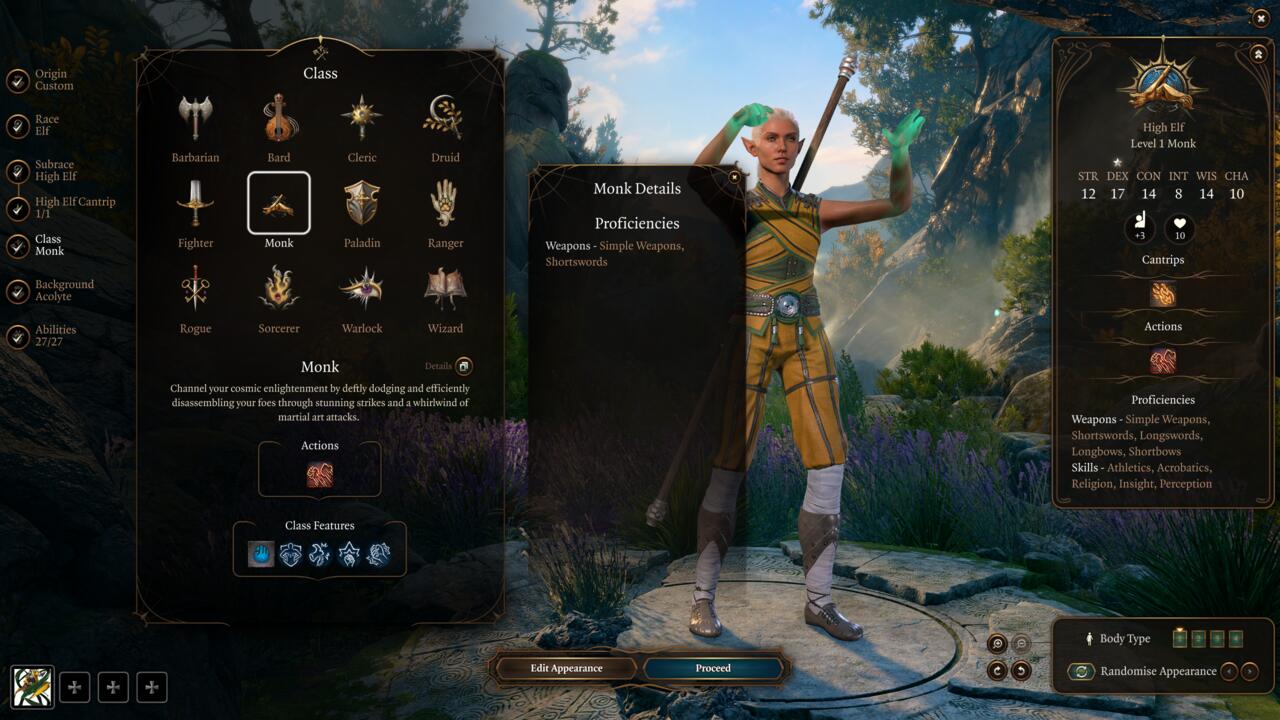
Monk.
The monk is an intriguing class that, like Druid, doesn’t master any one category, which is unfortunate, due to the fact that they really just have one focus; dealing melee damage. That having actually been said, if you like characters that have totally free movement and martial arts flavor, you can still include one on your group. Read our complete Baldur’s Gate 3 Monk guide.

